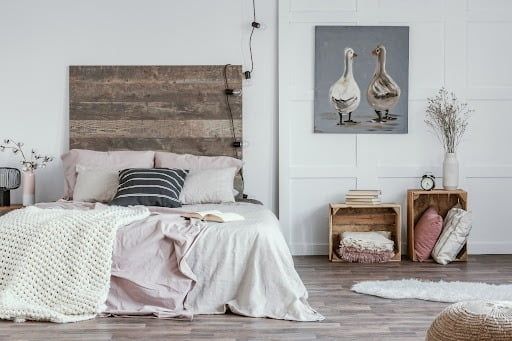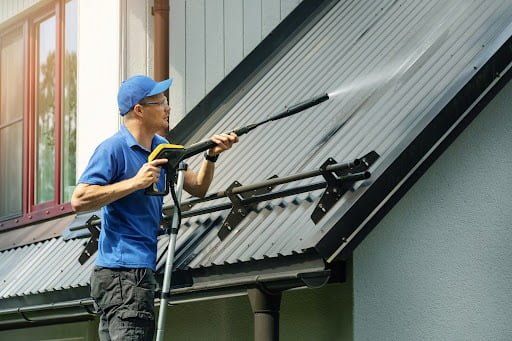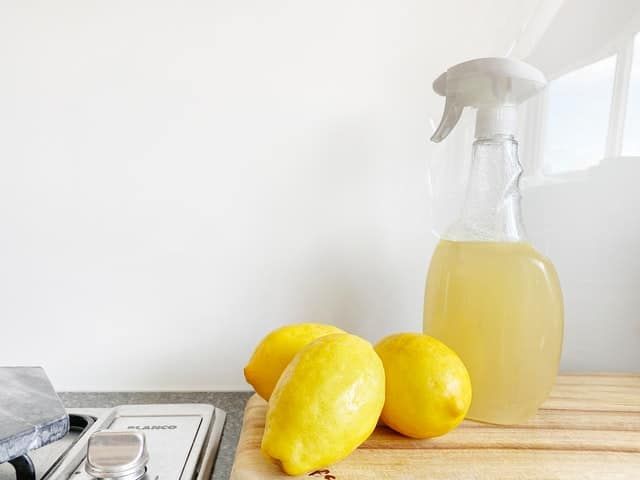How to Clean and Care for Wood Furniture
You love the way that wood furniture looks inside of your home. But what you aren’t as crazy about is how the material gets damaged over the years. Wood furniture, as elegant as it can be, can be more susceptible to damage than other decorations in your home. As time passes, the surfaces can get scratched, scuffed, and stained. You want your wood furniture to last as long as possible. How should you care for and clean it? Take note of these maintenance techniques to preserve your wood furniture:
Pay Attention to Cleaning Labels
Wood needs to be cleaned differently than most other materials. Depending on the species of wood and the coating on its surface, you’ll need to use only certain products to clean it safely. Using the wrong product can do more harm than good.
You might know how to disinfect something like a glass tabletop or leather sofa. But what about wood furniture? Harsh cleaning products might strip the wood and leave it looking worse for wear.
We recommend reading the instructions on any cleaning product you use. Make sure that it’s wood-safe before applying it.
Even if a product is designed for use with wood, test it out on a small area first. If you wipe the surface and nothing is damaged, great! But if you notice any concerning signs, discontinue using it immediately.
Use the Right Cloth
Live edge tables are perfect for serving dinner or snacks. But what about when it comes time to clean them?
Dishrags and washcloths are often too abrasive for the delicate surface of unfinished wood. Instead, stick to cotton or microfiber cloths that are soft and mostly dry. Do you have a sticky spot or stain on the table that won’t budge? Rather than using water or an abrasive cleaner, try to apply more pressure with the cloth first.
When using a cloth, always wipe in the direction of the grain—never against it. If you’re using a cleaning solution, only dampen the cloth slightly. The drier the cloth is, the better. Use a cloth that’s completely dry to remove a surface layer of dust.
Prevent Water & Heat Damage
If you’ve ever dealt with a flood or spilled water on your floors, then you may have needed hardwood floor restoration services. The same thing can happen to your furniture if you use improper cleaning techniques.
Cups can damage the surface of a wooden table. Use coasters under glasses to prevent water rings from forming on the wood. When placing a hot dish or plate on the table, use a protective heat mat underneath it. A large placemat can prevent forks and knives from scratching the surface of the wood.
Your chestnut end table does look beautiful next to the window. But did you know that the sun’s rays can damage its surface? Try to keep wooden furniture out of direct sunlight. If you can’t find another place for it, consider drawing the blinds during the day.
Finally, avoid placing wood furniture next to hot or cold spots in your home. Shifting temperatures may cause it to expand and contract. Store wood away from vents and fireplaces.
Unfinished Wood vs. Wax Finishes
Depending on the type of wood furniture you have, you’ll need to adjust your cleaning routine accordingly.
Is your wood finished with shellac, polyurethane, or varnish? It may have a glossy and reflective coating that’s smooth to the touch. Certain cleaning products can destroy this coating, making the wood look and feel uneven.
The wax coating itself has protective qualities, so you’ll rarely need to apply additional products—doing so may cause the wax to dissolve. If this happens, you may need to re-wax the furniture.
Control Humidity
As the seasons change, so do the ambient temperatures and moisture levels in our homes. But this can have disastrous consequences for wooden furniture.
Any wood furniture that’s stored in the basement, kitchen, or bathroom could be subject to high humidity levels. Not only can this cause the material to expand, but it may even grow mold.
What can you do to keep humidity under control? Installing a dehumidifier can combat the rising moisture levels. You might install a ventilation system to get rid of steam from cooking or showering. If all else fails, consider moving wood furniture to a drier area of your home.
Plastic furniture might be more durable than wood, but it can’t hold a candle to the beauty and character of this material. When years of wear and tear can make the surface of wood furniture look less than impressive, using the above cleaning and maintenance tips will help keep your wood items gorgeous for years to come.
Bluegrass Company
https://www.google.com/maps?cid=1536571363059009812
3323 Wood Valley Ct, Lexington, KY 40502
(859) 888-1515
http://155.138.213.92/
clean wood furniture, Cleaning Tips & Tricks, cleaning wood furniture, How to Clean and Care for Wood Furniture









